Stock markets have been turbulent in the last few years. First, the world was hit by the Covid-19 pandemic, which attracted a massive imbalance in trading and forced many people around the world to change their lives drastically. Many were left unemployed. Others, on the other hand, took advantage of these changes and benefited from them.
Since the end of February 2022, the war in Ukraine has also been heating the situation. Torn food networks, a shift of focus from the Russian market, and the emergence of new players can be seen in the last few months.
Under these conditions, all trading platforms must think very carefully about their strategy. If you have set up your infrastructure before 2020 and have not changed it much during that time, it is essential to understand that you will have to change your approach to work effectively. You will need uptime maintenance of your platform.
The fact is that even the most stable infrastructure and even the most reliable software quickly become obsolete in today’s realities. Many programs were not designed for such critical events as a worldwide pandemic and a full-scale war in the middle of Europe. Your infrastructure is working at the limits of its capacity, and you may already be one step away from having a system that can no longer handle it.
What Do Trading Companies Have to Do to Adapt to Today’s Realities?
Most likely, you will need trading platform development. It would be best if you had the most up-to-date software to keep up with the changing market situation. It must take into account possible risks: the program must be able to deal with them. Consider upgrading your software to make it more powerful. Your traders will indeed thank you for it.
To ensure the stable operation of your software, even in crisis conditions, you will need high-quality software support. Support may be of different types. In particular, it consists of reacting to crises and monitoring the operation of your systems during such emergencies. In addition to monitoring, you may also need an urgent repair of software, rebooting the servers, making changes to the software, or even repairing the “hardware” that makes your systems work.
Another critical part of support is upgrading your systems and optimizing them for today’s needs. At some point, support can turn into a full-fledged trading platform software development when the current version of the trading platform becomes outdated.
How Can You Improve Your Trading Platform?
Firstly, your online trading platform needs to have a well-optimized interface. A good frontend developer can help you with that — or maybe a whole team of frontend developers, if you are planning a large-scale software development or if you need to do it in a short time.
The point is that in a period of constant change in the marketplace, your system must have the resources to deal with it. The volume of market data during such periods can increase almost ten times. Make sure that your servers can cope with such volumes of information and that your software can process it — quickly and efficiently. In addition to this, your software must be able to prioritize data well. Using the so-called “last snapshot,” you can receive and process only the latest trading data. If you have a large number of people trading stocks on your trading platform, the load on the system is already considerable. Make sure your capacity is sufficient to handle crisis spikes in data flows.
Good developers will also teach your platform how to quickly remove duplicate data and quote prices. Adequately designed data routing protocols will increase your chances of success many times over.
Second, optimizing the backend of your software is just as important. What happens “under the hood” will directly affect both the front and the final result of the software.
What exactly does the backend of your trading software affect? Shortly saying — it does everything. But let’s analyze it in detail.
Before the data reaches the frontend and you can work with it, it goes through a series of checks — this (and not only) is done by the backend part of the software. Optimizing the backend is worth using arrays, lists, and calling methods. It is also essential to carefully choose the data libraries you work with: they often contain a lot of unnecessary garbage. You must select market data libraries with the maximum amount of helpful information and the minimum amount of waste you have to clean up.
Make sure that your infrastructure is prepared for all kinds of crises. Against the backdrop of the same war in Ukraine, market activity may be more frequent than usual. Against the background of the problem caused by the coronavirus, these outbursts are exacerbated. It is crucial that during online trading platform development, your developers take into account all kinds of experiences of past crises and build processing of such large data arrays into your software capabilities.
Your software should be tolerant of the addition of new hardware, as well as able to quickly redistribute the load between the unique components of the system. In addition, always keep in mind the possibility of scaling. Some platforms are not designed for expansion. Their owners deliberately lose to those who once thought there might be a need to expand someday.
Third, don’t underestimate the importance of testing. Like any other business, trading evolves, and new solutions, approaches, and technologies emerge. If you want to implement new elements in your trading software, don’t be lazy to test them before you tie the work of the whole system to these innovations.
The best is the enemy of the good. But in our case, the greatest enemy of good is haste. Sometimes, to roll out new features as quickly as possible, there’s a temptation to skip the testing phase. But that way, you risk everything you’ve already achieved. One malfunction, one error in operation, and the whole system can crash.
So how do you test the system and new features? Load them to the maximum. Try to put the maximum (and even a little more) stress on the new infrastructure in a test mode to see how it will cope in a real crisis.
Crises in the markets often happen unexpectedly — in the middle of the night and when no one can come and reboot the system at the same minute if it hangs up. That’s why it’s important that your trading platform can withstand sudden spikes in the data flow. Otherwise, the software cannot be considered reliable, and you risk losing the trust of your platform’s clients. Stress testing will help you identify weaknesses in your software.
Who Can Help?
Fintatech is ready to develop new software for you and take your trading company to a new level. We know how to create efficient trading architecture, build software for traders from scratch, and optimize existing software. Our service includes one year of support for your platform.
Your trading platform needs to stay up and running even during market turbulence. With our help, you will be able to achieve the result you need and not have to worry about possible risks. We are also ready to provide maintenance for your trading platform, which will most likely come in handy in today’s unstable market.
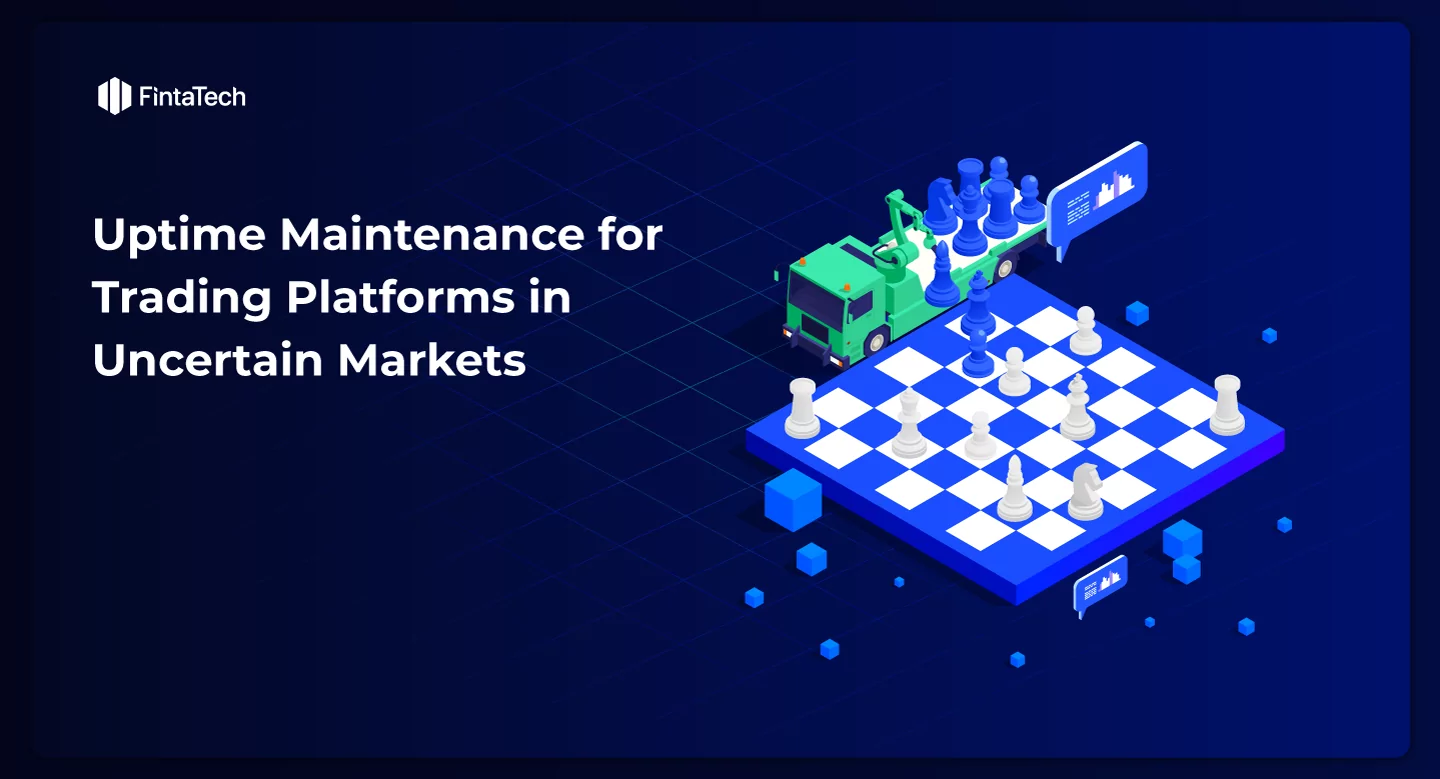
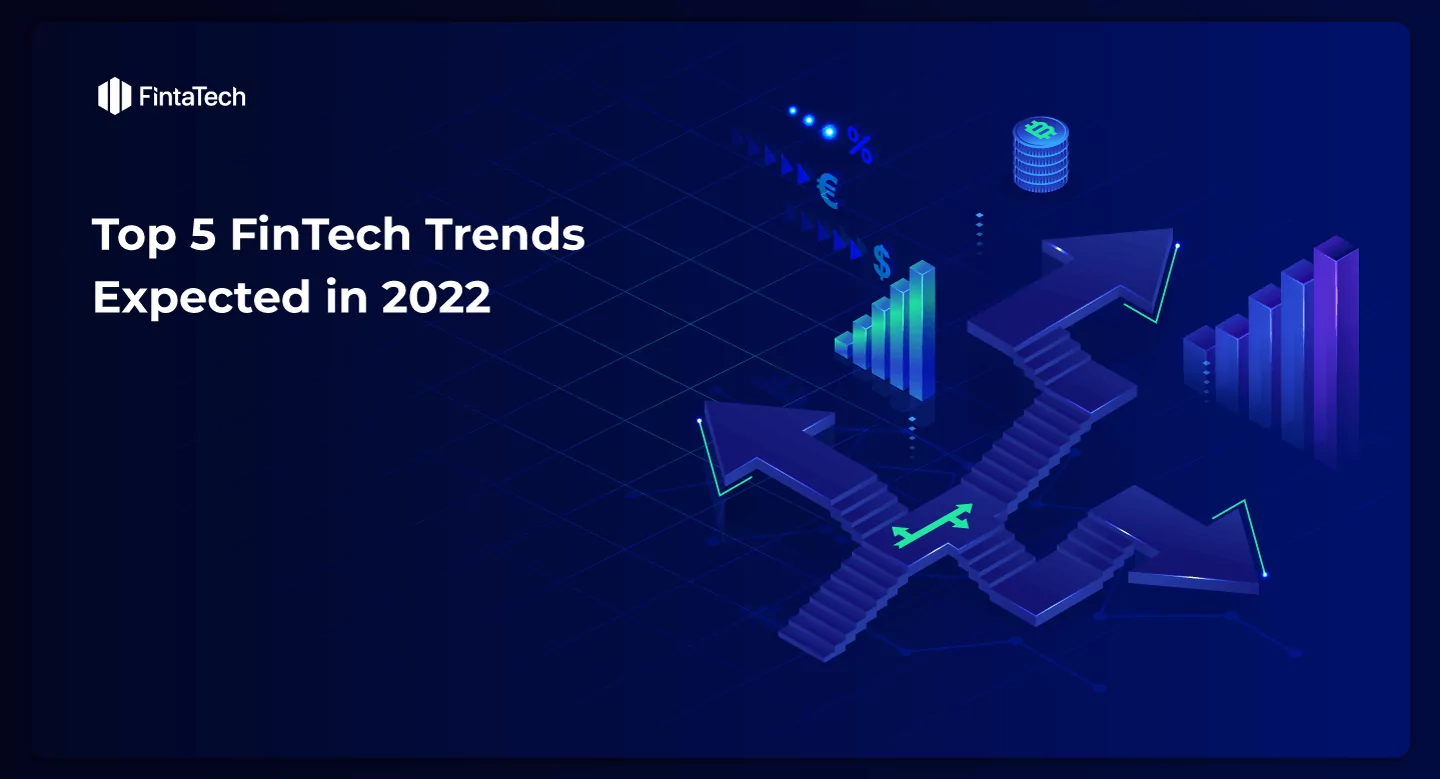
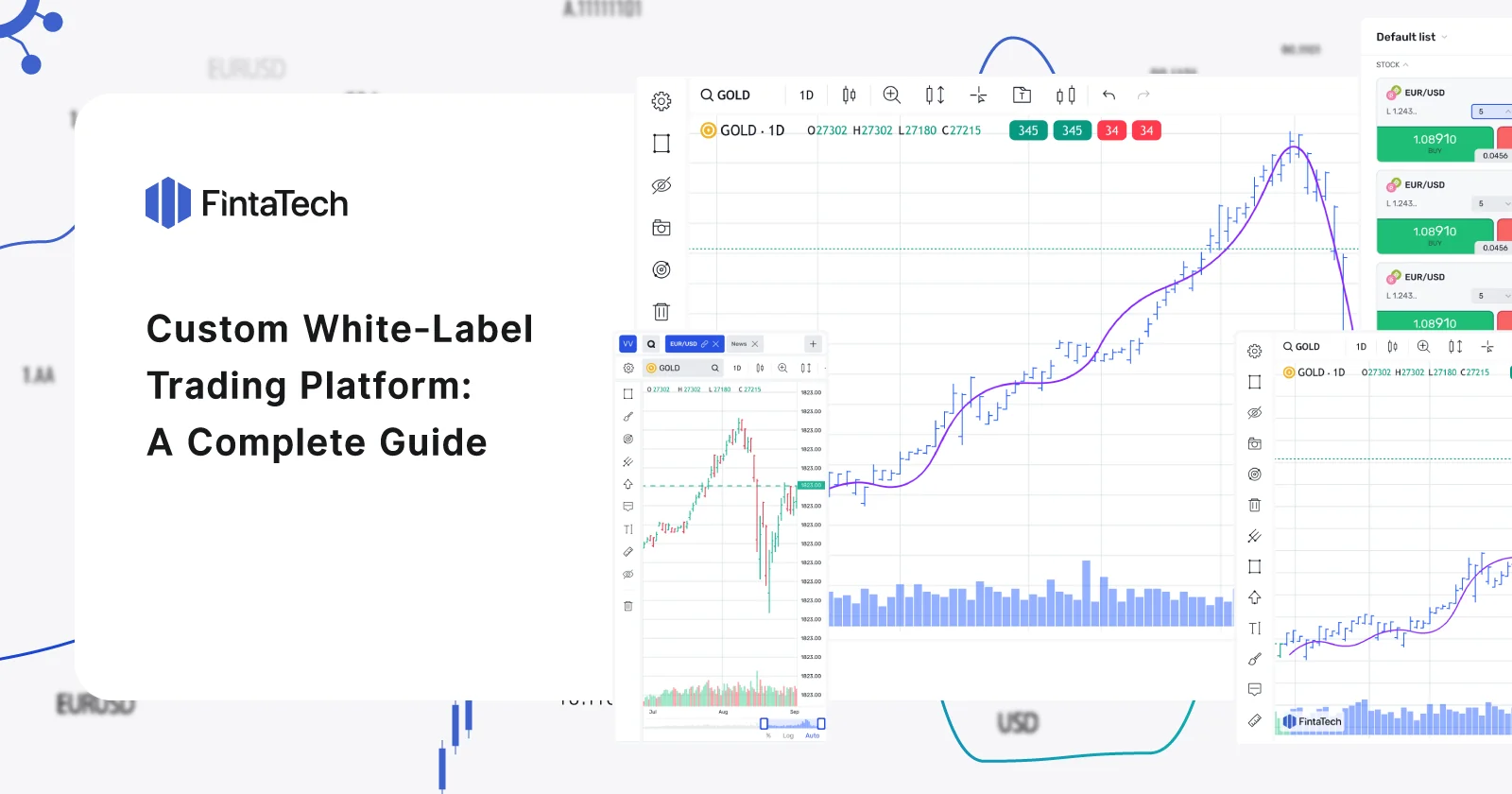
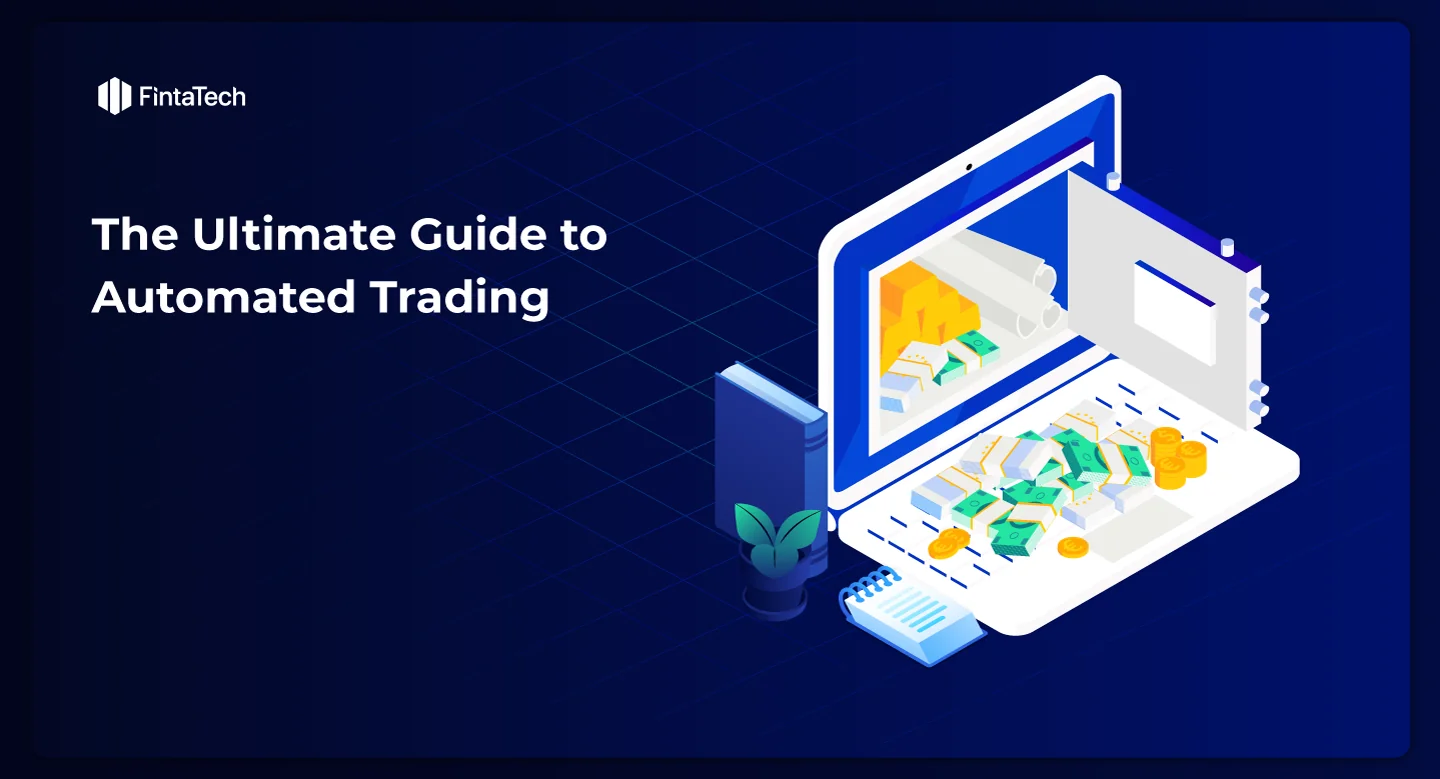
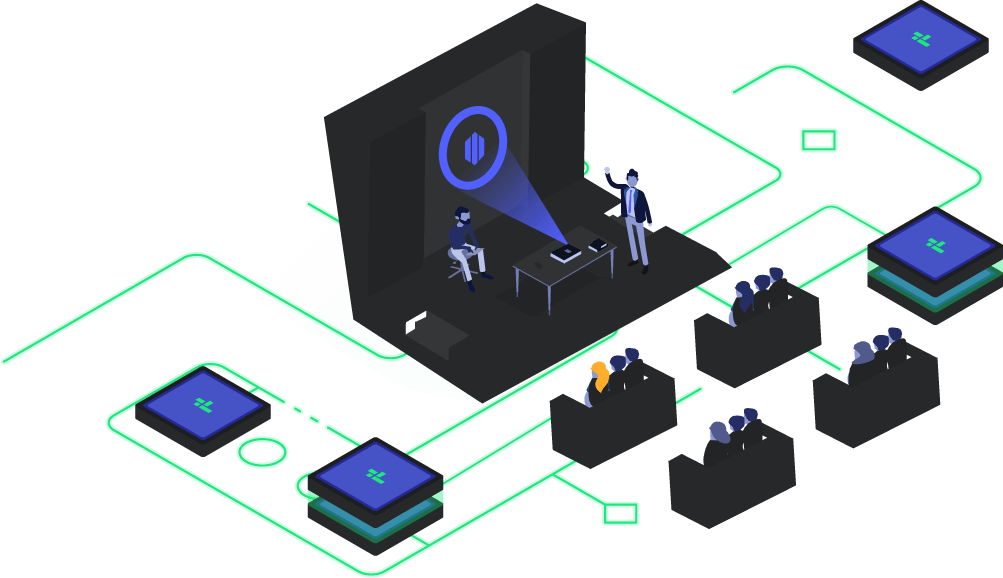
Twitter
Linkedin
Facebook